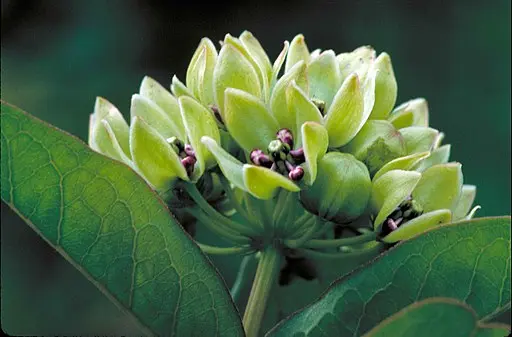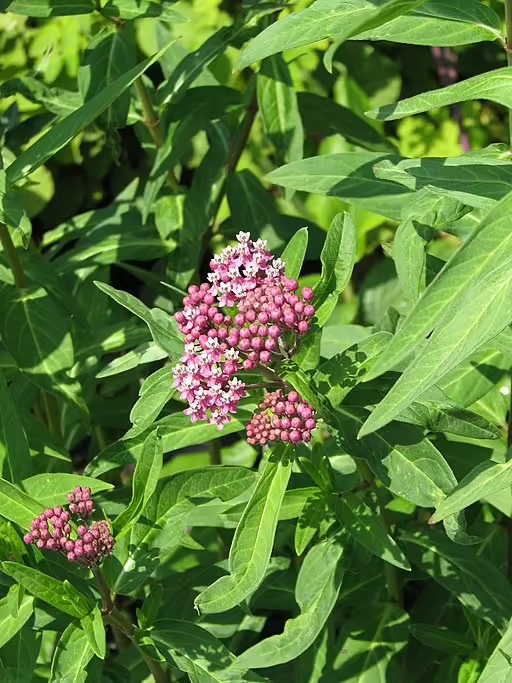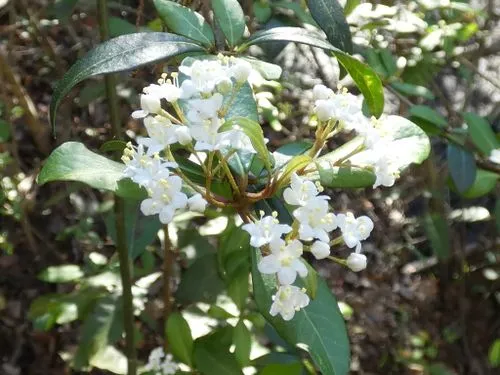Table of Contents for Bushy Goldentop (Euthamia leptocephala)
Bushy Goldentop (Euthamia leptocephala) is a herbaceous perennial that is native to the mid-western and southeastern United States. This plant is a host to several moths and is important as a nectar source for bees and other insects. Growing from 1 to 3.5 feet tall, this species grows in open areas such as fields and woodlands. The yellow flowers bloom from September to November and the plant is hardy in zones 7-9.
Taxonomy and Naming of Bushy Goldentop (Euthamia leptocephala)

Taxonomy
Bushy Goldentop (Euthamia leptocephala) was originally named and described by John Torrey and Asa Gray, both American botanists, in 1842 as Solidago leptocephala. However, in 1894, Edward Lee Greene, moved it into the Euthamia genus and kept the species name. It still has the same name and is a member of the Aster Family (Asteraceae).
Meaning of the Scientific and Common Names
Scientific Name
The genus name, Euthamia, is likely a composite name of the Greek words “thamees” crowded and “ia” to place (Merriam-Webster Dictionary). The species name, leptocephala, is a Latin compounded word meaning slender head. This is likely from the slender flowers of the plant and is an alternate common name of the plant.
Common Name and Alternative Names
The common name likely comes from the bushy appearance of the plant. Other common names include the Mississippi Valley Goldentop, Slender Headed Euthamia (Almost Eden Plants), bushy goldendrop (Paredez, et al 2006) and the western bushy golden-rod (Britton and Brown 1913).
Physical Description

- Plant Type: This plant is a herbaceous perennial.
- Height: 1 to 3.5 feet tall
- Stem: The stems are erect and glabrous, but not glaucous (Flora of North America). The roots are fibrous and spread by rhizomes (Sieren 1981).
- Leaves: The leaves are alternate, sessile, lanceolate to linear-lanceolate, have entire scabrous margins (Flora of North America) and are 1-nerved (may appear 3 nerved) (Britton and Brown 1913). The leaves are 1.5 to 4.5 inches long and 0.1 to 0.2 inches wide.
- Flower color: yellow
- Blooming period: This plant blooms from September to November.
- Fruiting type and period: This plant has achenes that mature in the late fall and winter.
Range of Bushy Goldentop in the United States and Canada

This species is native to the mid-western and southeastern United States. It is considered to be rare in the state of Oklahoma.
Habitat
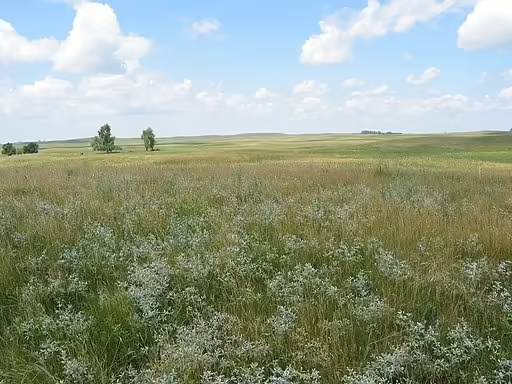
This species grows moist open areas such as fields (Waterfall 1952), prairie (Rosen 2007), roadsides (Taylor and Taylor 1978), pine forests (Rosen, et al 2003 and Leidolf, et al 2002), woodlands. In Missouri, this plant has a preference for acid soils (Sieren 1981).
Hosted Insects

The members of the goldentop genus (Euthamia) are hosts to many species of moths including Coleophora intermediella, Epiblema desertana, and Cucullia florea.
Other Supported Wildlife
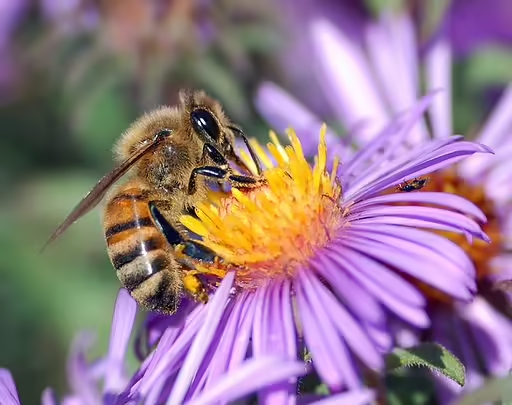
This species is an important nectar source to other butterflies, skippers, bees, and wasps during fall season when a lot of other plants have finished flowering.
Frequently Asked Questions
Does this plant have any ethnobotanical uses?
The Native American Ethobotanical Database does not cite this species specifically, but a related species in the genus, Euthamia graminifolia, has been used for pain and lung issues.
How is this plant distinguished from other Goldentops?
This species is most similar to the flat-topped goldentop (Euthamia graminifolia), but bushy goldentop has smoother leaves and flat-topped goldentop has leaves that are more pubescent (Sieren 1981). Bushy goldentop is also similar to the Texas goldentop (Euthamia gymnospermoides) but the leaves are more lanceolate and their is not as much gland-dotting on the leaves (Flora of North America).
How are Goldentops distinguished from Goldenrods?
At first glance this species looks similar to a goldenrod and has at times been placed in the goldenrod genus, Solidago (Nesom 1999). However, the goldentops, Euthamia, have flat-tops versus the non flat-topped goldenrods.
Is this plant invasive?
This plant has not been noted as being weedy.
Gardening with Bushy Goldentop

Hardiness
This species is hardy in zones 7-9. If your garden is within these zones and you have the right growing conditions (soil, moisture and exposure), you may well be able to grow this plant. However, if planted outside of its range, the hosted species may not recognize the plant or be harmed by ingesting a different species with an unfamiliar chemical composition.
Optimal Conditions
This species grows in full sun to partial-shade and dry to moist well-drained soil.
References
- Britton, Nathaniel Lord and Addison Brown. 1913. An illustrated flora of the northern United States, Canada, and the British possessions: from Newfoundland to the parallel of the southern boundary of Virginia, and from the Atlantic Ocean westward to the 102nd meridian. (New York: C. Scribners and Sons).
- Leidolf, Andreas, Sidney T. McDaniel, and Tim Nuttle. The Flora of Oktibbeha County, Mississippi. Sida 20: 691-765.
- Paredez, Jessica D., Sandra L. Woods, and Lynn A. Simpson. 2006. The Vascular Flora of Howard County, Texas. Texas Journal of Science 58(1): 23-44.
- Rosen, David J. 2007. The Vascular Flora of Nash Prairie: A Coastal Prairie Remnant in Brazoria County, Texas. Journal of the Botanical Research Institute of Texas 1: 679-692.
- Rosen, David J., Stanley D. Jones, and Virginia E. Rettig. 2003. A Floristic Survey of Big Branch Marsh National Wildlife Refuge, St. Tammany Parish, Louisiana. Sida 20: 1189-1216.
- Sieren, D.J. 1981. The Taxonomy of the Genus Euthamia. Rhodora 83: 551-579.
- Taylor, Ronald J. and Constance E.S. Taylor. 1978. Additions to the Vascular Flora of Oklahoma. Sida 7: 361-268.
- Waterfall, U.T. 1952. Further studies of the Oklahoma Flora. Rhodora 54: 125-131.
